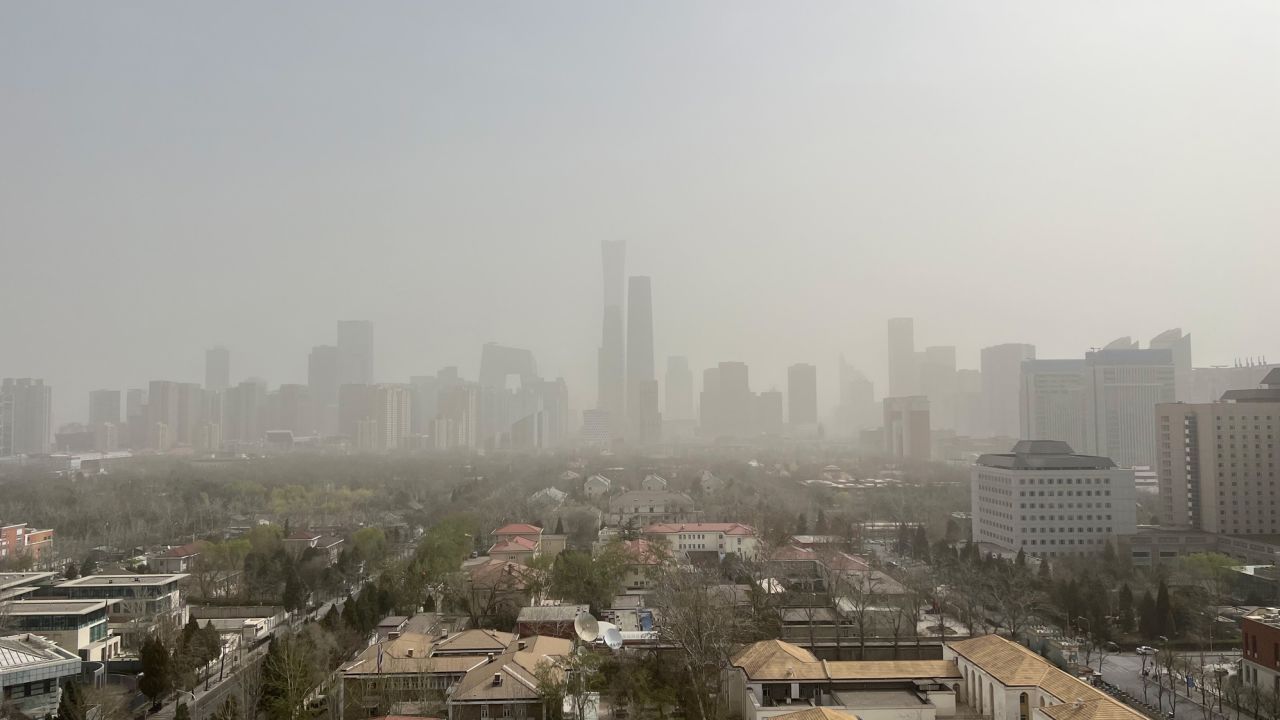Bạn đã từng đi đến khu vực nào đó mà không khí bị ô nhiễm chưa? Đây là một trong những câu hỏi có thể gặp trong đề thi IELTS Speaking dạng Describe a place đó. Cùng SOL tham khảo câu trả lời mẫu cho câu hỏi này trong bài viết dưới đây nhé.
>> Hướng dẫn cách trả lời cho nhóm chủ đề Speaking Part 2 Describe a place

Describe a place you visited where the air was polluted
You should say:
I would like to talk about a trip I took to Beijing, China, a few years ago, where the air quality was very poor. Beijing is a bustling city known for its rich history, culture, and cuisine, but it’s also for its severe air pollution.
As soon as I landed at the airport, I noticed a thick layer of smog and haze in the air. It was so bad that I could barely see the buildings across the street. The air had a strong chemical odour that made it difficult to breathe, and I could feel the pollution settling in my lungs.
Despite the poor air quality, I tried to make the most of my trip and explore some of the famous landmarks in the city. I visited the Great Wall of China, which was an incredible experience, but the pollution made it challenging to enjoy the scenic views. The smog was so thick that it obscured the distant mountains and valleys.
I also visited the Temple of Heaven, a famous religious site, but the pollution made it difficult to see the intricate details and designs on the temple’s walls and roofs. I remember feeling quite disheartened that the pollution was affecting the beauty of these historical landmarks.
Overall, my trip to Beijing was an eye-opening experience about the negative impact of air pollution on people’s health and the environment. It made me appreciate the importance of environmental conservation and taking steps to reduce pollution levels for a better future.
Note lại một số từ vựng hữu ích trong bài nói trên nhé:
To my way of thinking, I believe that in some aspects, there is more pollution now than in the past. With the rapid industrialization and urbanization in recent years, pollution, especially air and water pollution, has become more noticeable. The increase in vehicles, factories, and waste generation has contributed to the degradation of our environment. However, there have also been significant efforts to address this issue, such as implementing stricter environmental regulations and promoting sustainable practices.
In my opinion, there are several effective ways to reduce air pollution. Firstly, investing in cleaner and renewable energy sources can help decrease the reliance on fossil fuels and subsequently reduce emissions from power plants. Secondly, encouraging the use of public transportation and promoting cycling and walking can lead to a decrease in vehicular emissions. Additionally, strict emission standards for industries and vehicles can be enforced, coupled with regular monitoring and inspections. Lastly, raising public awareness and education about the importance of environmental protection can encourage individuals to adopt eco-friendly habits.
4.3. Do you think the city is cleaner or dirtier than the countryside? Why?
In my view, it depends on the specific city and countryside in question. Generally, cities tend to be more polluted due to the high concentration of human activities, industrial facilities, and transportation. However, some cities have made significant efforts to improve cleanliness and sustainability through waste management and green initiatives. On the other hand, the countryside, with its open spaces and fewer industrial activities, can often be cleaner. Nonetheless, rural areas may face challenges like agricultural pollution. Overall, it's essential for both urban and rural areas to work towards maintaining a clean and healthy environment.
Factories and power plants can adopt various measures to reduce pollutants. Firstly, investing in advanced pollution control technologies and equipment can significantly decrease emissions. Implementing cleaner production processes and optimizing energy efficiency can also reduce pollution levels. Additionally, switching to cleaner energy sources, such as renewables, can help decrease greenhouse gas emissions. It is crucial for these facilities to comply with strict environmental regulations and invest in regular monitoring and maintenance to ensure continuous improvements.
Yes, in recent years, there has been growing pressure on companies to reduce pollutants and adopt more sustainable practices. As awareness of environmental issues increases, consumers, investors, and governments are demanding greater corporate responsibility. Companies are now facing stricter regulations, public scrutiny, and the need to meet environmental standards. Many forward-thinking businesses are voluntarily taking steps to reduce their environmental impact to maintain their reputation and ensure long-term sustainability.
In my opinion, wind can have both positive and negative effects on pollution. On one hand, strong winds can help disperse pollutants and improve air quality in a specific area. The wind can blow away pollutants and bring in fresh air from less polluted regions. On the other hand, wind can also carry pollutants over long distances, leading to regional or even global pollution problems. For example, air pollution from one country can be transported by wind and affect neighboring regions. Therefore, while wind can help in certain situations, it also plays a role in the spread of pollutants and the global interconnectedness of environmental issues.
The SOL Education có rất nhiều câu trả lời mẫu, bài nói mẫu cho IELTS Speaking part 2 về câu hỏi và chủ đề khác nhau. Các bạn có thể tham khảo để chuẩn bị thật tốt cho phần thi IELTS Speaking part 2 của mình nhé.
